It feels like a playful quiz – pick a playlist, meet your animal twin – but the science humming beneath that question is anything but trivial. Across forests, reefs, and city edges, researchers are decoding how rhythm, pitch, and pattern shape the lives of creatures that sing, chirp, boom, and buzz. The emerging field of ecoacoustics blends field recording, signal analysis, and machine learning to map entire ecosystems through sound, offering a fresh lens on wildlife behavior and biodiversity. The mystery is simple to ask yet complex to solve: do our genres mirror their soundscapes, or are we just hearing ourselves in the wild? The answer sits at the boundary between metaphor and measurement, and it’s getting clearer with every new dataset.
The Hidden Clues

Start with a surprising twist: only a few animals reliably keep a steady beat, yet nearly all communicate in acoustic patterns that feel musical to us. Songbirds stack notes into phrases, frogs pulse in clockwork choruses, and whales spin multi-minute arcs that rise and fall like symphonic movements. Those structures – repetition, variation, call-and-response – are the clues that invite genre analogies without pretending animals share our taste.
When you hear a katydid chorus at dusk, its rapid-fire cadences can echo the tight percussion of electronic dance tracks; a wolf howling with packmates can feel like a droning choir. The risk is romanticizing, but the puzzle is too intriguing to ignore. If genres are bundles of sonic features, then many wild soundscapes carry similar bundles.
From Ancient Tools to Modern Science
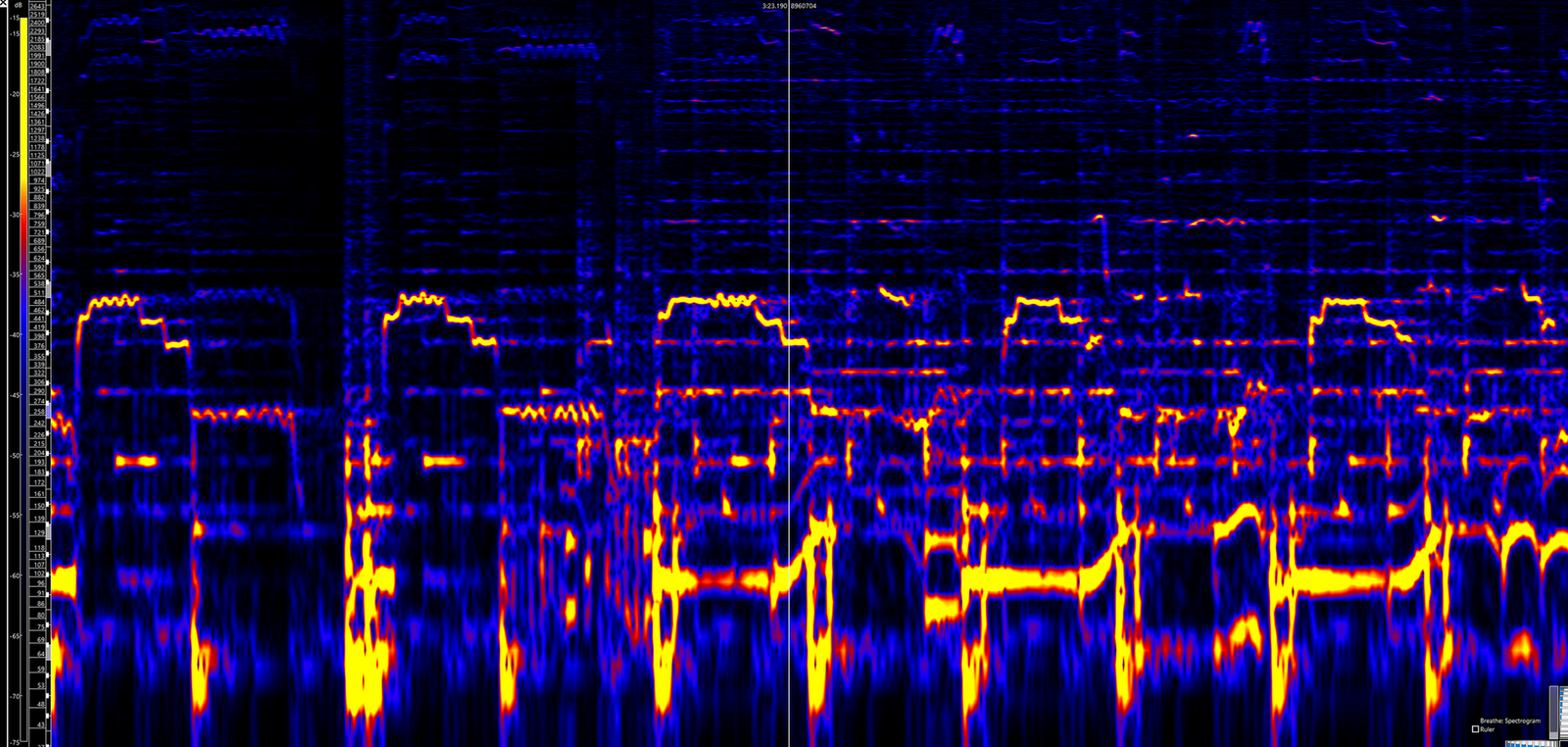
Field biologists once relied on notebooks, tuning forks, and patience; today, rugged recorders and hydrophones log months of audio while researchers sleep. Spectrograms – those rainbow heat maps of frequency over time – turn chaos into geometry, exposing hidden rhythms, harmonics, and counterpoint. Algorithms now flag species by their audio fingerprints and trace seasonal shifts as reliably as a calendar, compressing what used to take years into weeks. Even better, edge devices can run basic models in remote forests, transmitting just the summaries to save power and bandwidth.
I’ve stood by a rainforest node blinking in the dark, stunned at how quietly it eavesdrops on a world that never stops talking. Every file is a time capsule of behavior, weather, and human noise rolling across the landscape.
Sound Signatures by Genre

If you strip genres down to ingredients – tempo, timbre, dynamics, and structure – you can sketch acoustic neighbors in the wild without pretending they’re the same. Slow-building, long-breathed sequences align with whale songs and some owl calls that unfurl in patient arcs, the way orchestral adagios take their time. Complex improvisation maps onto certain songbirds whose phrases mutate like jazz riffs, nudging and bending motifs with each repeat. Trance-like repetition and high tempo point to frog and insect choruses, where relentless patterns drive the message home through sheer persistence.
Heavy, low-frequency energy sits with elephants and crocodilians, whose infrasonic rumbles and chest-thumping displays carry power over distance. The matchups aren’t literal taste; they’re acoustic kinships that science can measure and our ears instantly recognize.
Birds, Beats, and Species-Specific Music
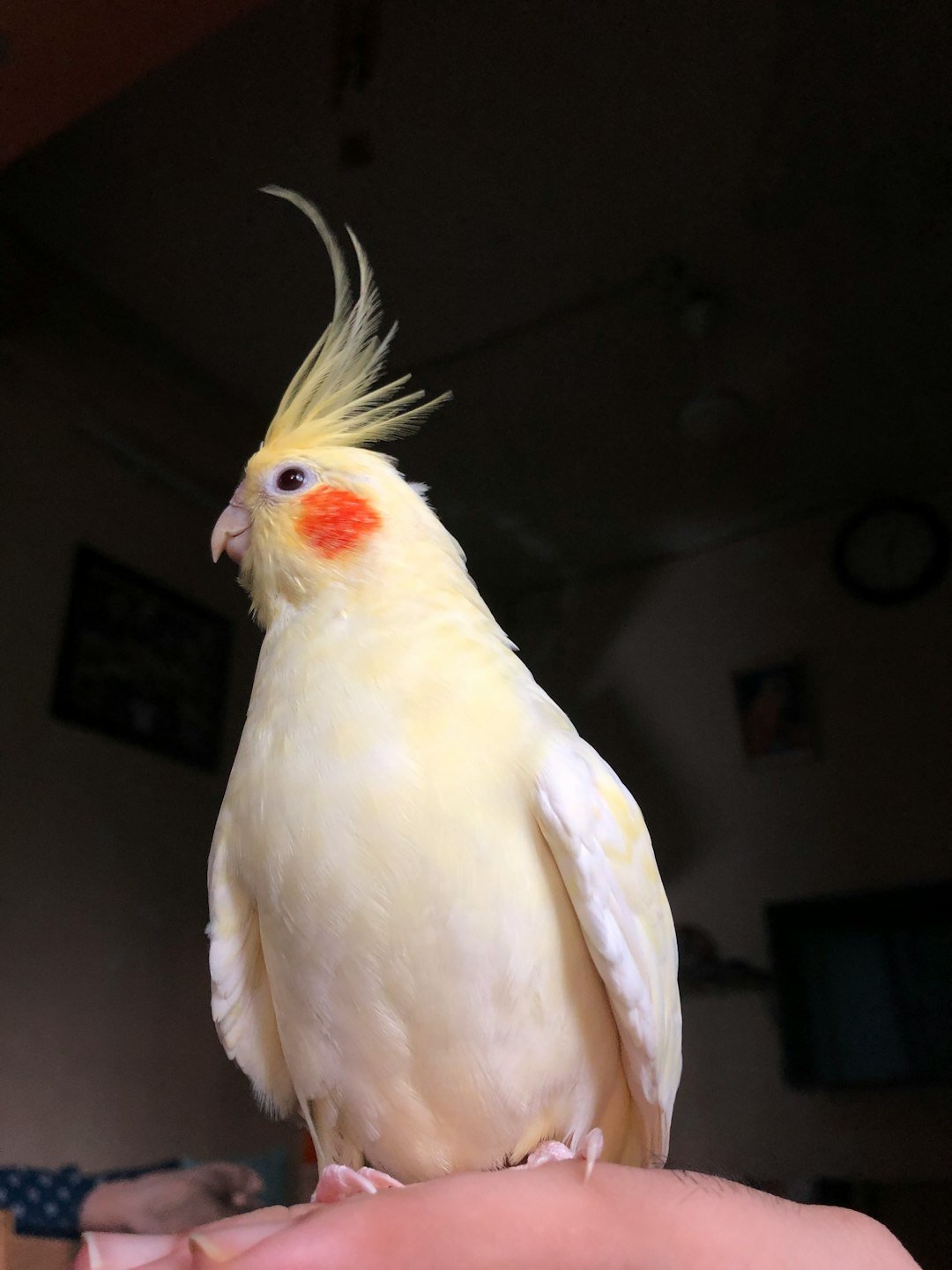
Birds are the headline act because their songs are both learnable and flexible, shaped by geography, neighbors, and noise. Some parrots and even a trained sea lion have shown beat synchronization, a rare window into rhythm perception beyond humans. Songbirds like nightingales and thrushes layer phrases with abrupt timbral pivots – almost like a soloist switching instruments mid-lick – while wrens and finches juggle speed and precision that would humble many drummers. There’s also mounting evidence that many animals respond best not to human hits but to species-tailored music: tempos matching heart rates, pitches in their hearing sweet spot, and envelopes that mimic natural calls.
The first time I watched a sulfur-crested cockatoo bob to a steady beat online, I felt a little jolt of recognition – timing really can leap species. Still, researchers warn that motion isn’t preference, and enrichment playlists work best when tuned to biology, not our nostalgia.
Underwater Epics: Whales and the Orchestral Parallel
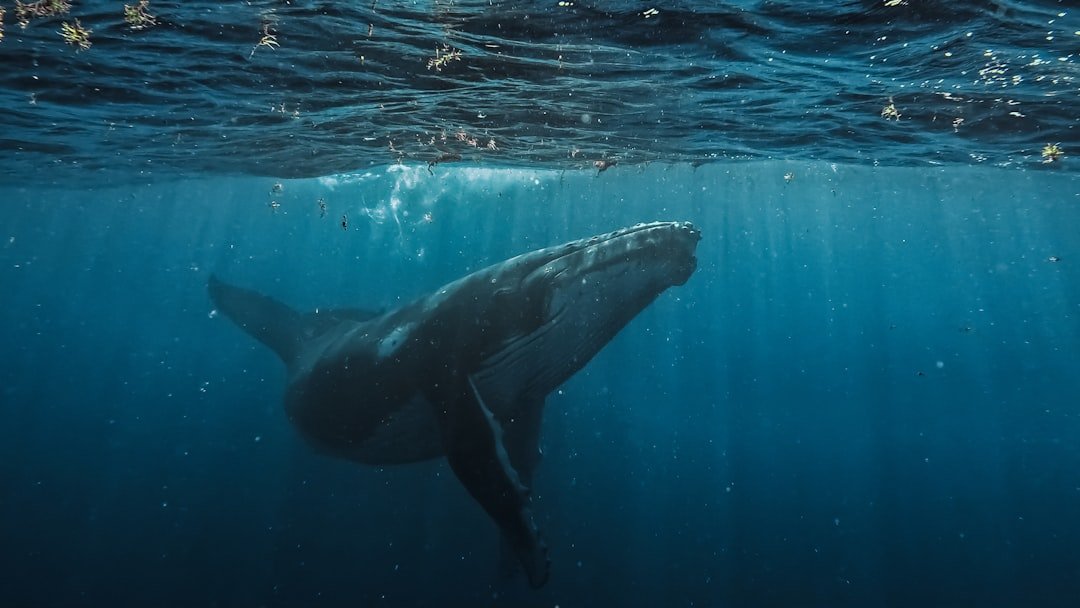
Humpback whales rewrite their songs over a season, motifs spreading across ocean basins like touring melodies. These performances stretch minutes and travel vast distances because low frequencies slip through water with less loss, turning the sea into a concert hall. If classical music earns the comparison, it’s for the architecture: themes introduced, varied, and revisited, with long pauses that signal more than silence. Dolphins, by contrast, produce tight, percussive clicks and agile whistles that feel closer to virtuoso solos – technical, fast, and packed with information.
Corals, fishes, and snapping shrimp add a bed of crackles and pops, the marine equivalent of a complex rhythm section that underpins the lead. When shipping noise swells, this orchestra gets drowned out, and that’s a conservation problem as well as an aesthetic loss.
Why It Matters
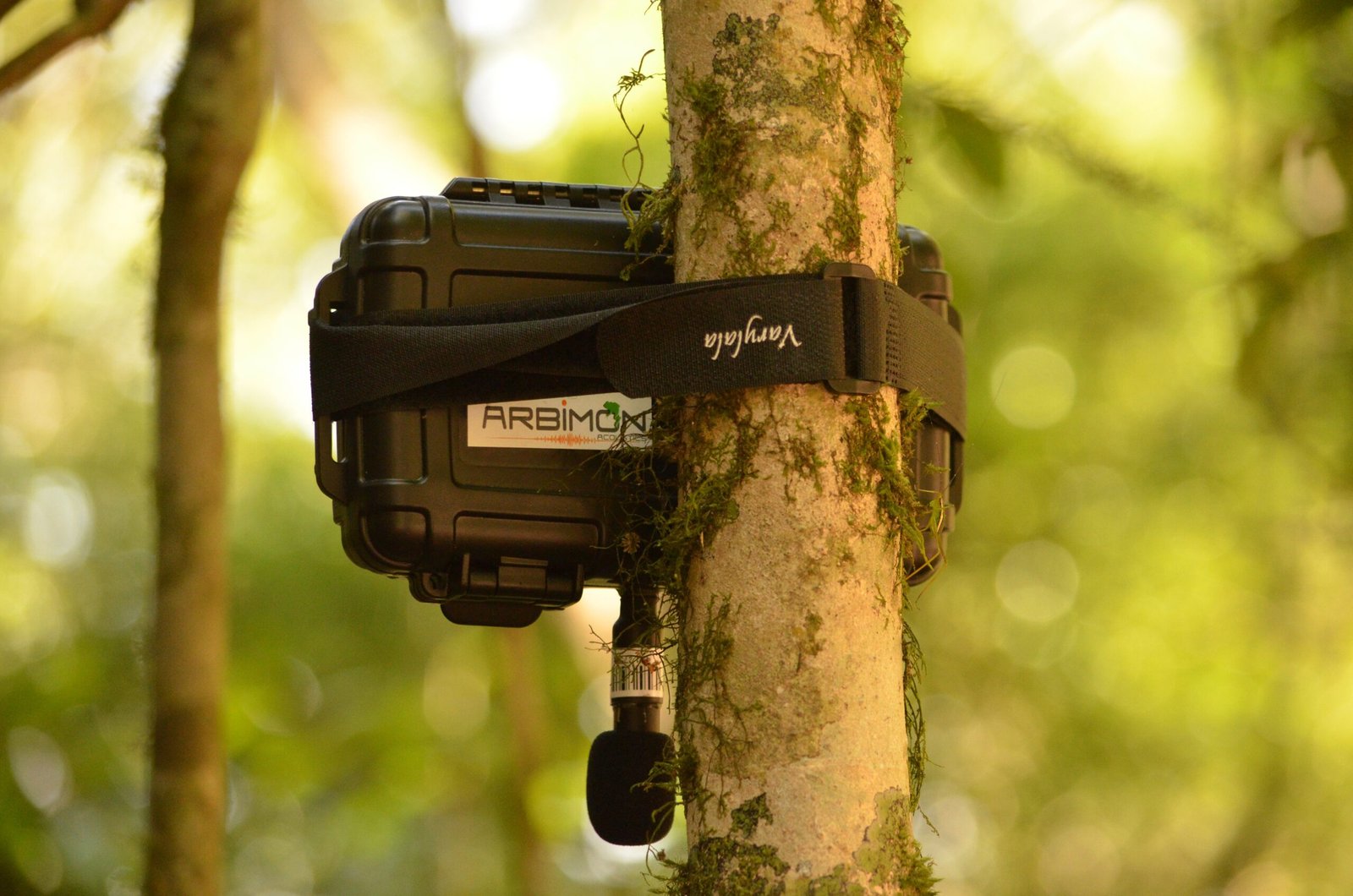
Thinking in genres does more than make a catchy story; it sharpens how we monitor and protect living systems. Traditional wildlife surveys rely on sightlines and chance, missing nocturnal and underwater life that lives by sound, while continuous acoustic monitoring hears what cameras can’t. When algorithms detect shifts – fewer dawn-song species, altered frog tempos during drought, quieter reefs after heat waves – we get early warnings that something is off. Acoustic complexity can even mirror ecosystem health, with richer soundscapes often tracking higher biodiversity and steadier seasonal cycles.
The approach also helps animal welfare: shelters, farms, and zoos can tailor sound environments to reduce stress and improve enrichment, instead of blasting random playlists. Framed this way, your favorite genre becomes a tool for empathy, a bridge from human culture to animal needs.
The Future Landscape
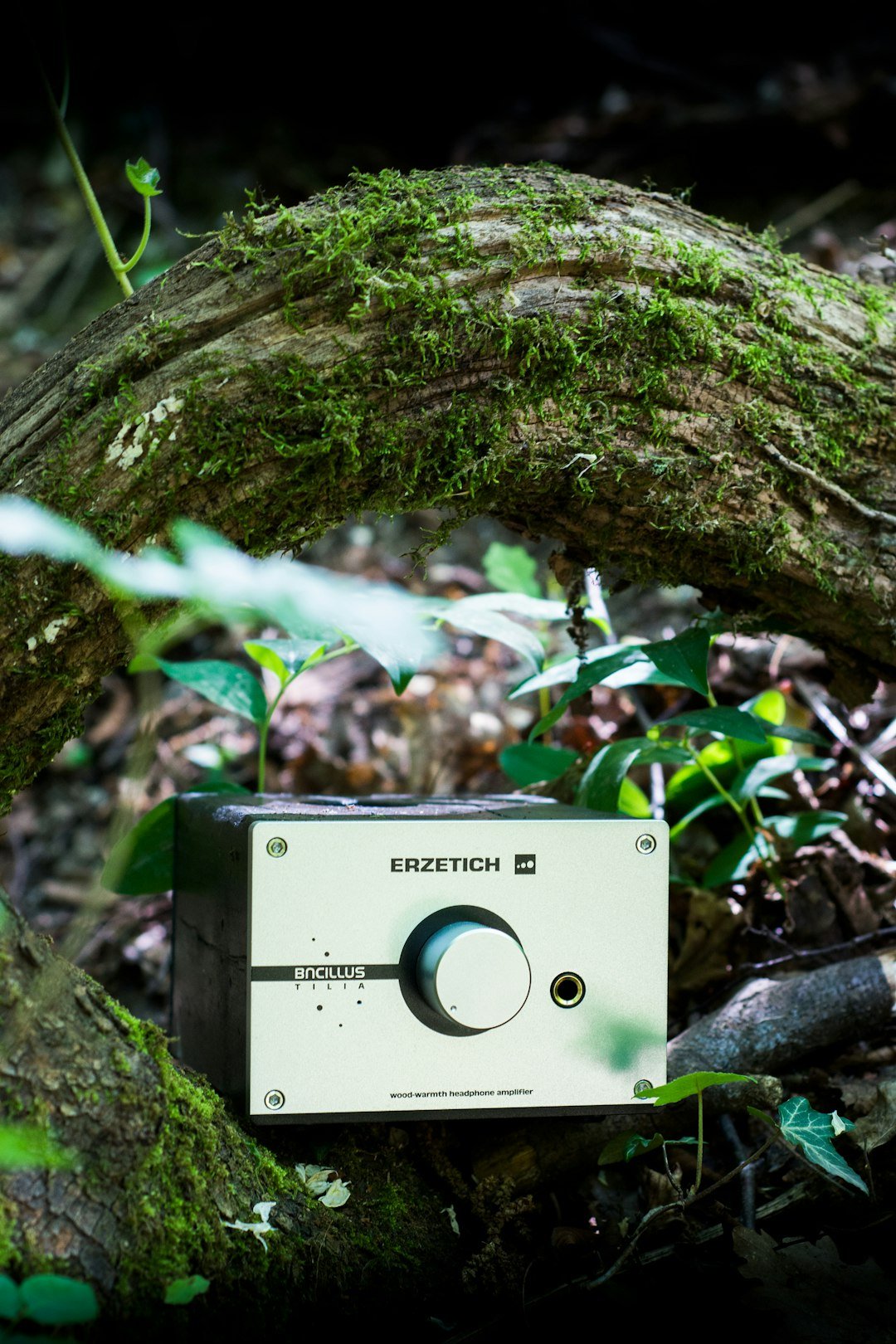
Next-generation recorders are shrinking while gaining brainpower, pairing solar trickle charging with on-board models that flag rare calls in near real time. Cross-referencing sound with satellite data could link a sudden silence to a heat spike, a flood, or a shipping route shift, turning disparate streams into a unified ecological dashboard. Generative audio – a controversial frontier – may soon craft species-appropriate enrichment soundscapes, though researchers are racing to ensure they inform rather than mislead animals. Expect new global baselines for noise, too, as coastal cities and shipping lanes adopt quieter tech and regulators weigh acoustic limits like speed limits.
The hardest challenges won’t be silicon or code; they’ll be ethics, governance, and equitable access so that tropical and polar soundscapes aren’t left out. If the twenty-twenties belong to climate data, the next decade may well belong to climate sound.
Conclusion
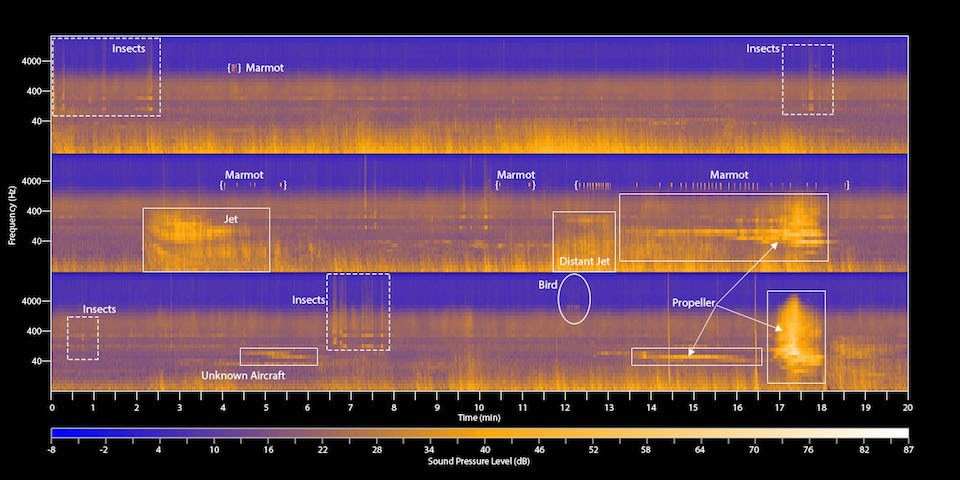
Listen with purpose: try a local dawn chorus, a tidepool at dusk, or a park at night, and note how patterns change with weather and season. Support quiet – favor goods shipped by cleaner, quieter vessels, reduce leaf-blower and generator noise, and back city sound ordinances that keep wildlife corridors audible. If you care for animals, choose enrichment sounds designed for the species, not just your taste, and keep volumes modest and predictable.
Back projects that archive and analyze soundscapes, from community bioacoustic nodes to university labs that make their data public. Finally, share what you hear, not as a viral clip, but as a patient observation that adds one more thread to the world’s vast sonic fabric.

Suhail Ahmed is a passionate digital professional and nature enthusiast with over 8 years of experience in content strategy, SEO, web development, and digital operations. Alongside his freelance journey, Suhail actively contributes to nature and wildlife platforms like Discover Wildlife, where he channels his curiosity for the planet into engaging, educational storytelling.
With a strong background in managing digital ecosystems — from ecommerce stores and WordPress websites to social media and automation — Suhail merges technical precision with creative insight. His content reflects a rare balance: SEO-friendly yet deeply human, data-informed yet emotionally resonant.
Driven by a love for discovery and storytelling, Suhail believes in using digital platforms to amplify causes that matter — especially those protecting Earth’s biodiversity and inspiring sustainable living. Whether he’s managing online projects or crafting wildlife content, his goal remains the same: to inform, inspire, and leave a positive digital footprint.




